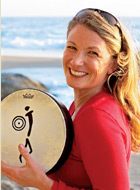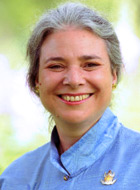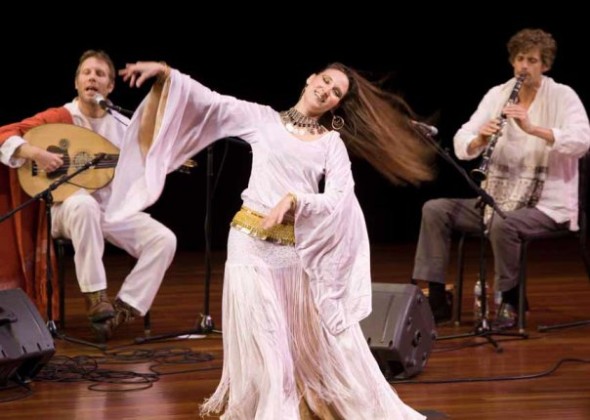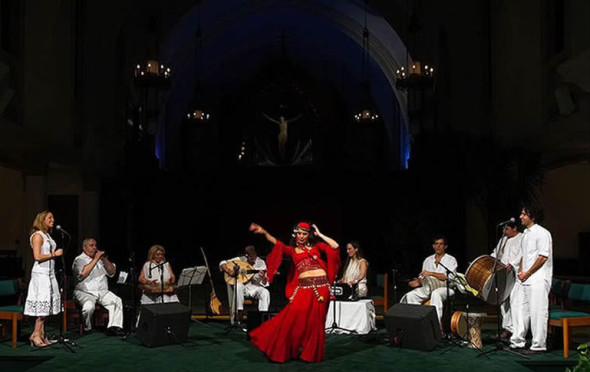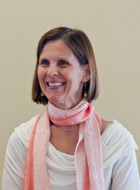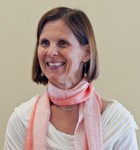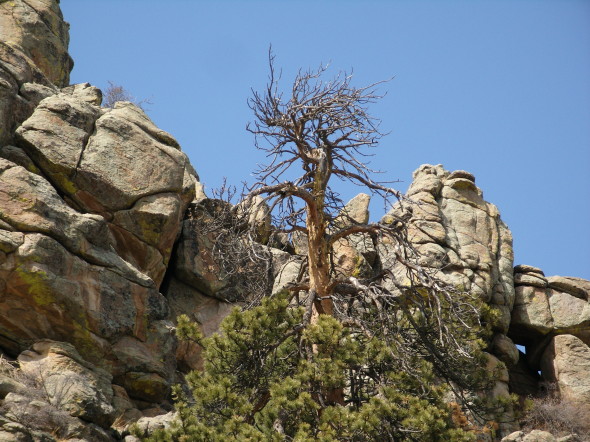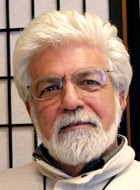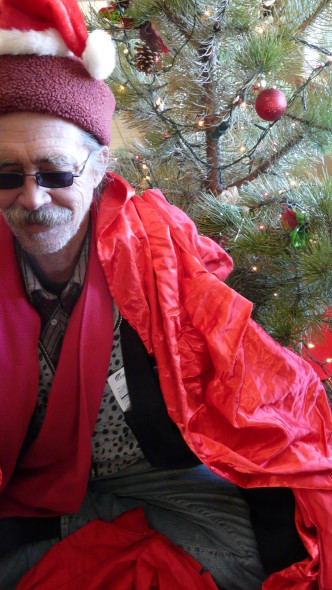
Avajra Claus is real
By Travis Newbill
Did you know that Santa’s kooky cousin lives at Shambhala Mountain Center? He is just a jolly as Old St. Nick–though much thinner, and his magical sleigh is pulled by a single garuda. His name is Avajra Claus! His specialty is making tasty things in the kitchen for the SMC community—many healthy meals, and some sweet delights as well.
According to folklore, Avajra used to bake cookies for Santa back when they were little elves. Ever since they parted ways, Santa has been searching the world for treats as tasty as the ones Avajra used to make. In exchange for the cookies that the kids leave, Santa brings gifts.
Now, Avajra has a gift for you: a classic holiday recipe! He asks that you enjoy it with your loved ones, and also leave some out for his chubby cousin, Santa.
From SMC lead chef Avajra John Russell to you and yours:
Here we all sing together…
We wish you a Merry Christmas
We wish you a Merry Christmas
We wish you a Merry Christmas
and a Happy New Year.
Good tidings we bring for you and your kin,
Good tidings for Christmas and a Happy New Year.
O bring us some figgy pudding
O bring us some figgy pudding
O bring us some figgy pudding
and bring it right here.
And we won’t go until we’ve got some
And we won’t go until we’ve got some
And we won’t go until we’ve got some…
Well if you want your holiday guests to ever go home, better have some “Figgy Pudding” on hand. It is also noteworthy that here at SMC, we live as a community, so we are all home already, together, which is sweeter than any treat I could make.
Okay, this traditional Christmas dessert dates back to 16th century England. The many varied recipes that have been handed down to us include baking the dessert or steaming it in the oven, some call for boiling it or frying. This sweet gooey Christmas treat is more like a cake than what we’ve come to think of as a pudding. It can be soaked in Brandy, which makes it really luscious. Traditionally, it is served topped with “Hard Sauce”, although whipped cream can also be a fabulous pairing. I’m including two recipes here, one baked and one steamed in a double boiler.
Is everybody singing?? No?? … just the sound of one lone voice wafting out from the kitchen… Singing & laughing. – Avajra John Russell
TRADITIONAL STEAMED FIGGY PUDDING
1 cup all-purpose flour
1 cup soft bread crumbs
1 cup water
1 cup molasses
1 cup chopped dried figs
1 cup raisins
1/2 cup chopped walnuts
1/2 cup orange peel strips
1 teaspoon baking soda
1 teaspoon ground cinnamon
1 teaspoon ground cloves
1 teaspoon ground allspice
1teaspoon ground nutmeg
Directions
1. Grease the inside bowl of a double-boiler.
2. Mix flour, bread crumbs, water, molasses, figs, raisins, walnuts, orange peel, baking soda, cinnamon, cloves, allspice, and nutmeg together in a bowl until batter is well incorporated; spoon batter into the prepared double-boiler bowl and cover.
3. Fill the bottom half of a double boiler with water and bring to a boil; reduce heat and simmer. Place bowl in the simmering water and cover. Steam until pudding is cooked through, adding water as needed, 3 hours. Cool slightly with cover ajar before serving warm.
*Thanks to sueb’s Great Grandmother for this recipe
BAKED FIGGY PUDDING
1/2 cup butter
2 eggs
1 cup molasses
2 cups mission figs chopped
1/2 teaspoon grated fresh lemon rind
1 cup buttermilk
2 1/2 cups all purpose flour
1/2 teaspoon baking soda
2 teaspoons baking powder
1 teaspoon salt
1 teaspoon cinnamon
1/2 teaspoon nutmeg
2 cups brandy
cheesecloth
Directions
1. Preheat oven to 325, grease baking pan(s).
2. Beat butter until soft, add eggs and molasses and beat until fluffy.
3. Add chopped figs, grated lemon rind, and buttermilk, combine.
4. Pour dry ingredients into wet mixture, stir well.
5. Pour into prepared pan(s), and cook 1 hour or until toothpick comes out ‘almost’ clean.
6. Allow to cool for 20 minutes, then carefully dislodge cake(s), and place on baking rack.
7. Soak cheese cloth in brandy.
8. After cake is cool, wrap up several times in soaked cheesecloth and allow to set and seep in brandy cloth for at least 24 hours.
9. May be served plain or with hard sauce.
HARD SAUCE
1/2 cup butter
2 powdered sugar
1/4 cup heavy cream
(for non-alcoholic 1 teaspoon rum extract)
1 teaspoon rum, sherry wine or brandy
1/2 teaspoon pumpkin pie spice
1/4 teaspoons nutmeg
1/2 teaspoon salt
Sprinkle with teaspoon cinnamon just before serving (optional)
Directions
1. Gently heat all ingredients
2. Whisk together over low heat or double boiler.
3. Whisk well until mixture is smooth, warm and fully incorporated,
4. Serve warm or chilled depending on preference.



